Guest writer: Anna Nilsson Spets
On my way to Mozambique, I make a three-day stop in Johannesburg. I stay at Authentic backpackers in Soweto, which is more like a home stay.
Lunghi and his family have always lived here and have lots of stories to tell, he is also quite a famous jazz musician. A few rooms, you cook your own food or pay a little for breakfast and dinner.
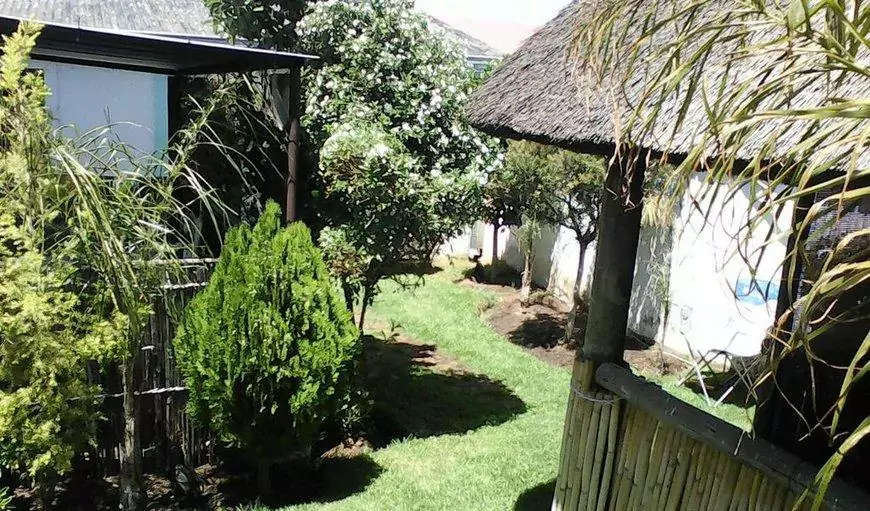
With my tight schedule, I booked a full-day guided tour of Johannesburg and Soweto with the eminent guide NK who knows his city inside out.
I had done a bit of DIY with the tour, I'm not really interested in shopping malls and stadiums, my day should be focused on culture and people's daily lives. And then Nelson of course, Mandela that is.
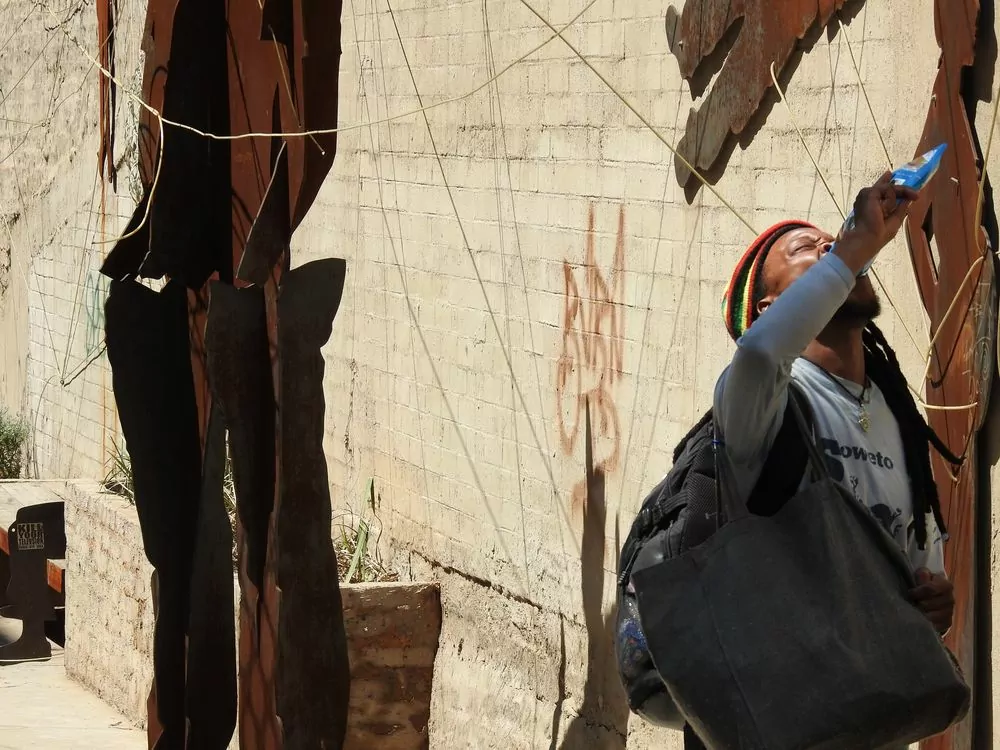
Local minibus to Braamfontein, a vibrant neighbourhood with student life, vendors, fun cafes and, above all, street art.
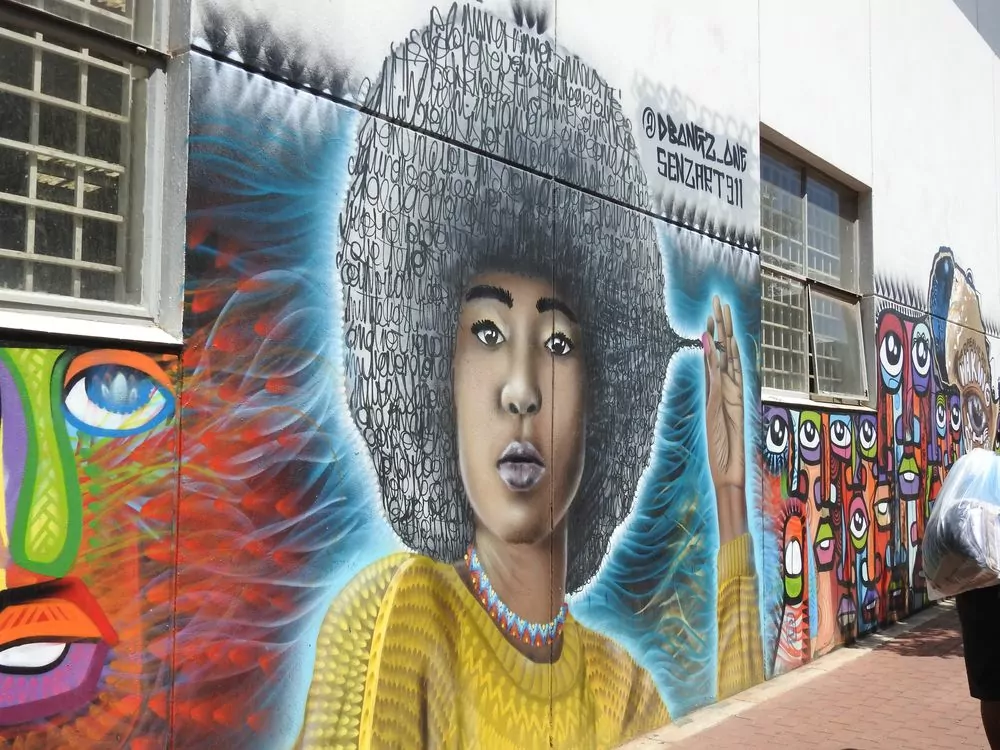
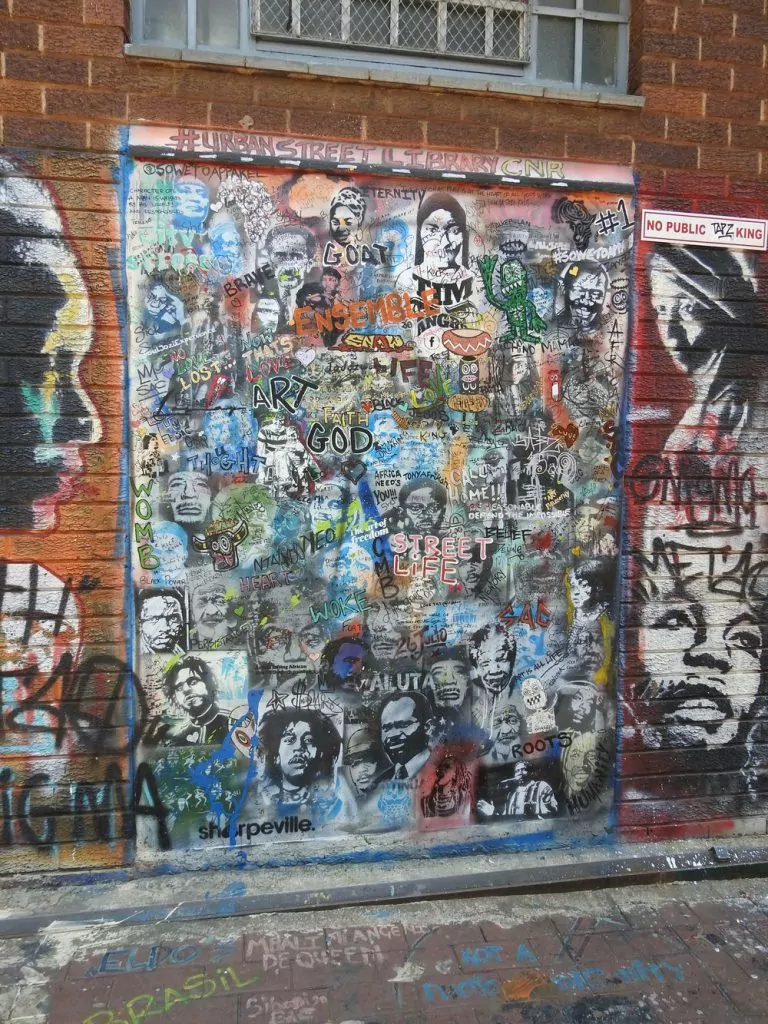
Here you can have a coffee between Mandela and Lincoln. I sit near Mandela.
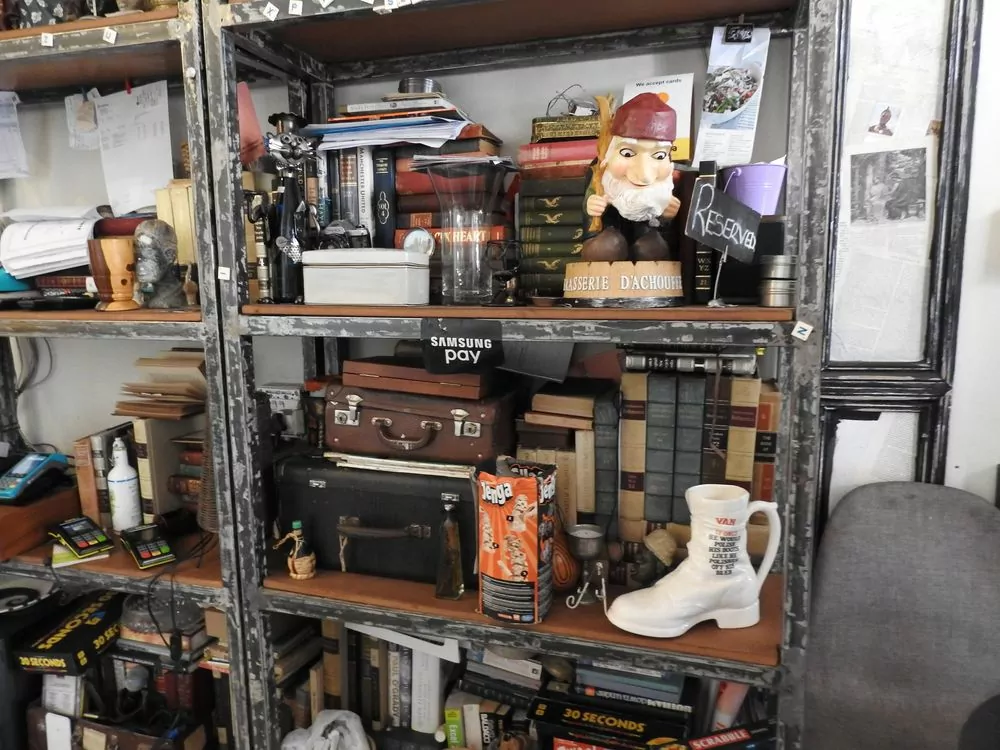
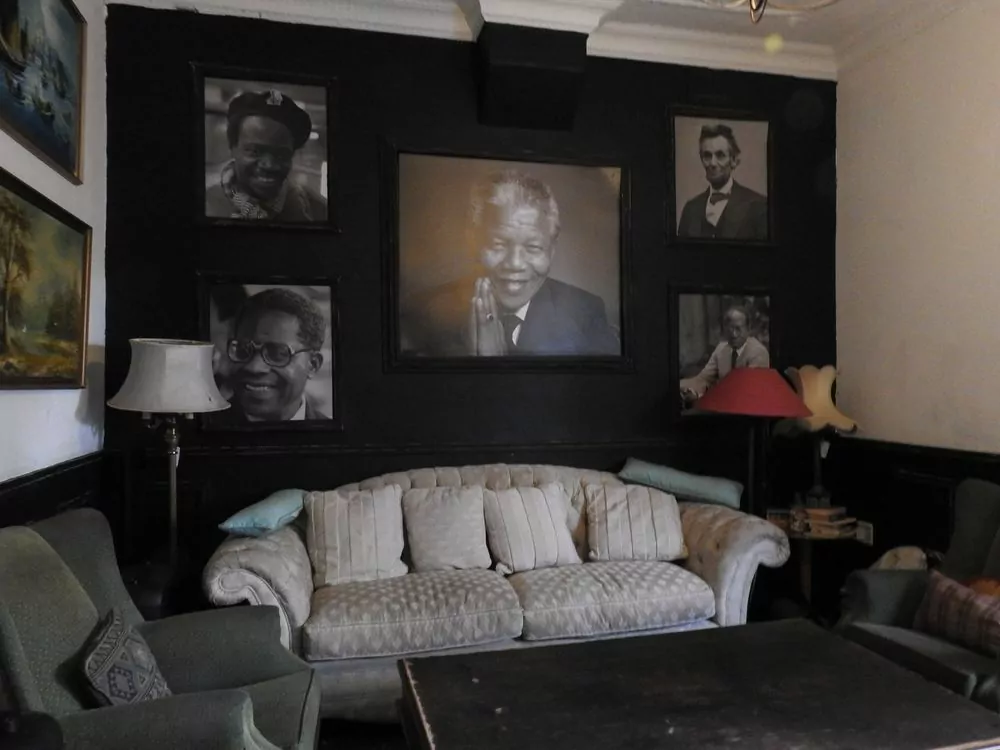
I have a certain ability to find colourful characters, everywhere.
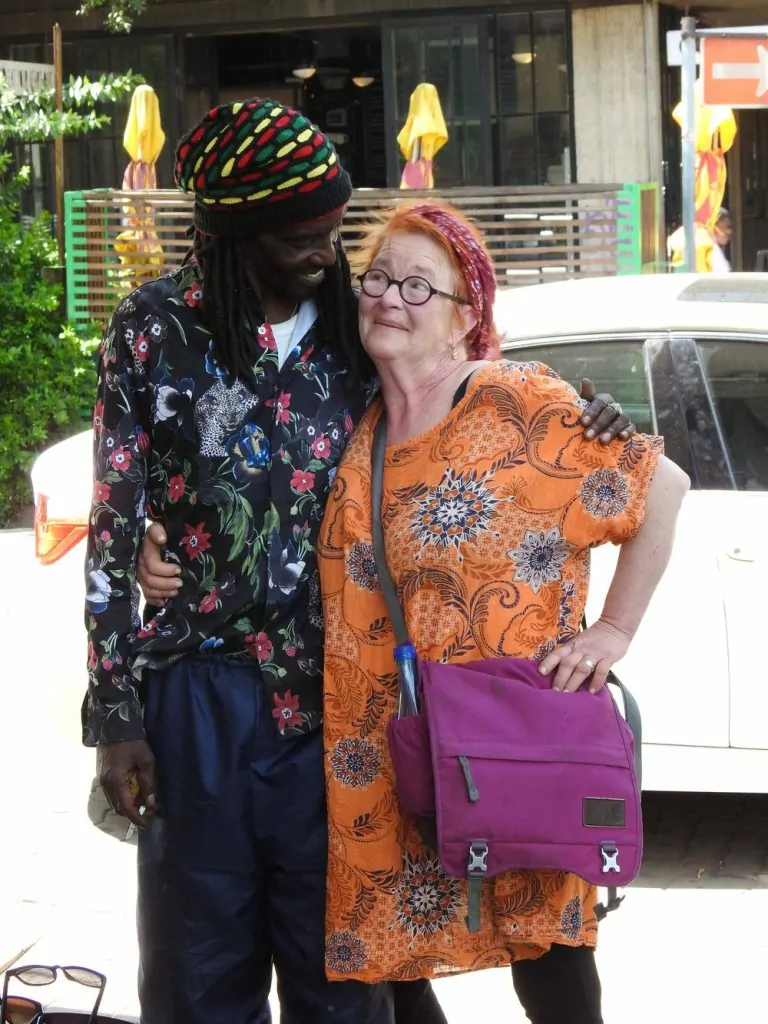
The next stop is Kliptown, a suburb and the oldest part of Soweto. The suburb is around 17 kilometres from Johannesburg itself and the contrasts cannot be counted in kilometres.
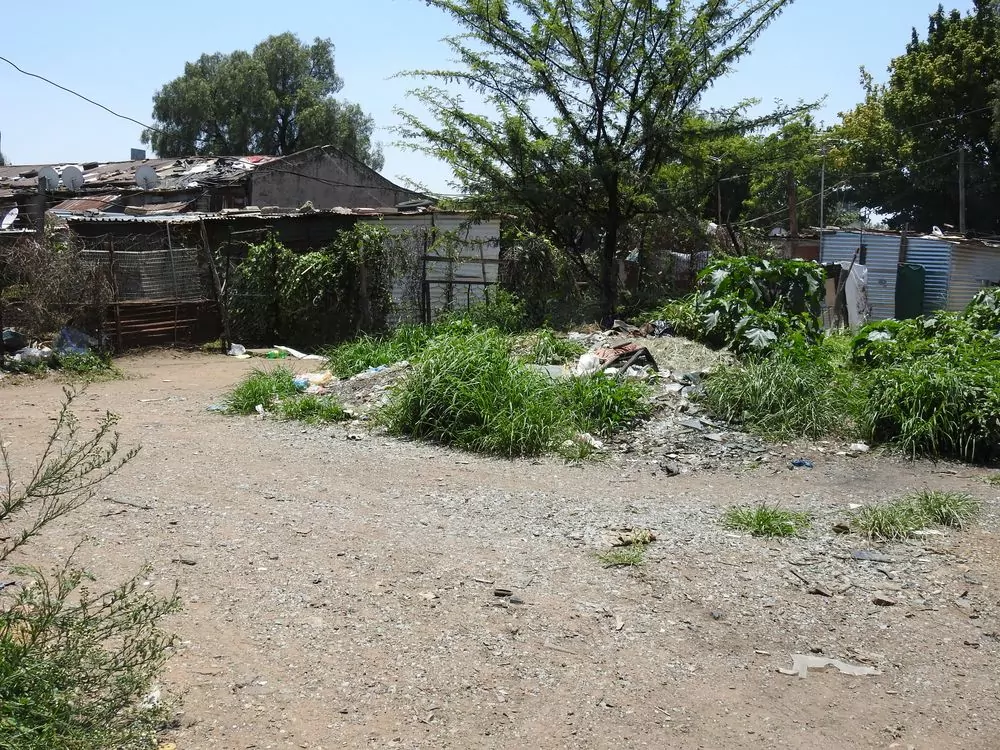
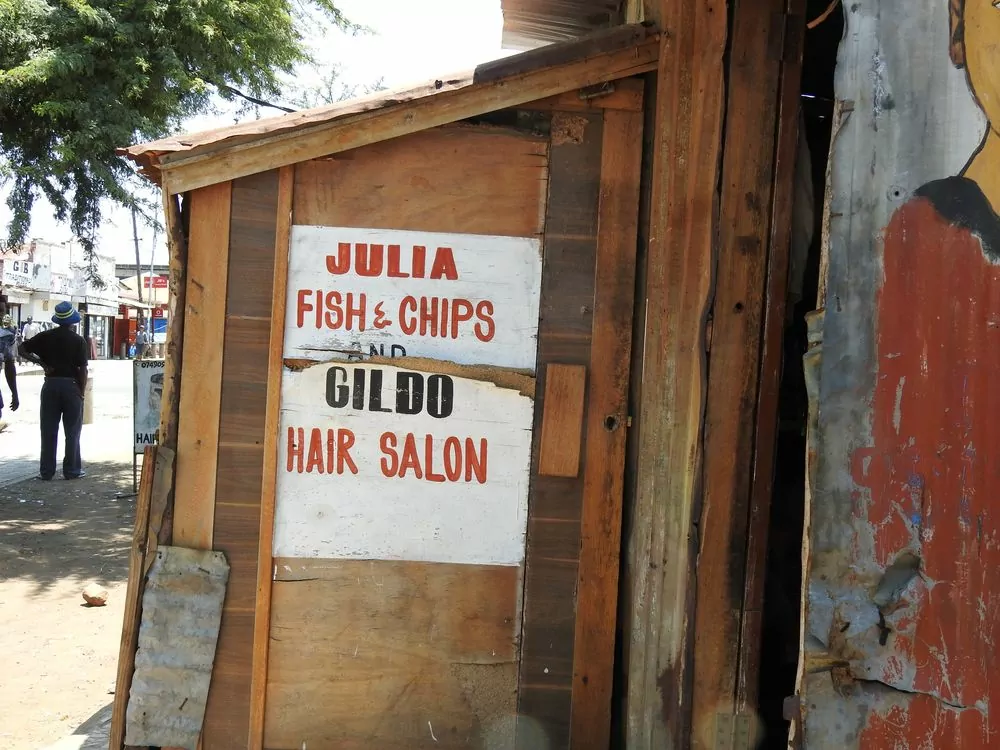
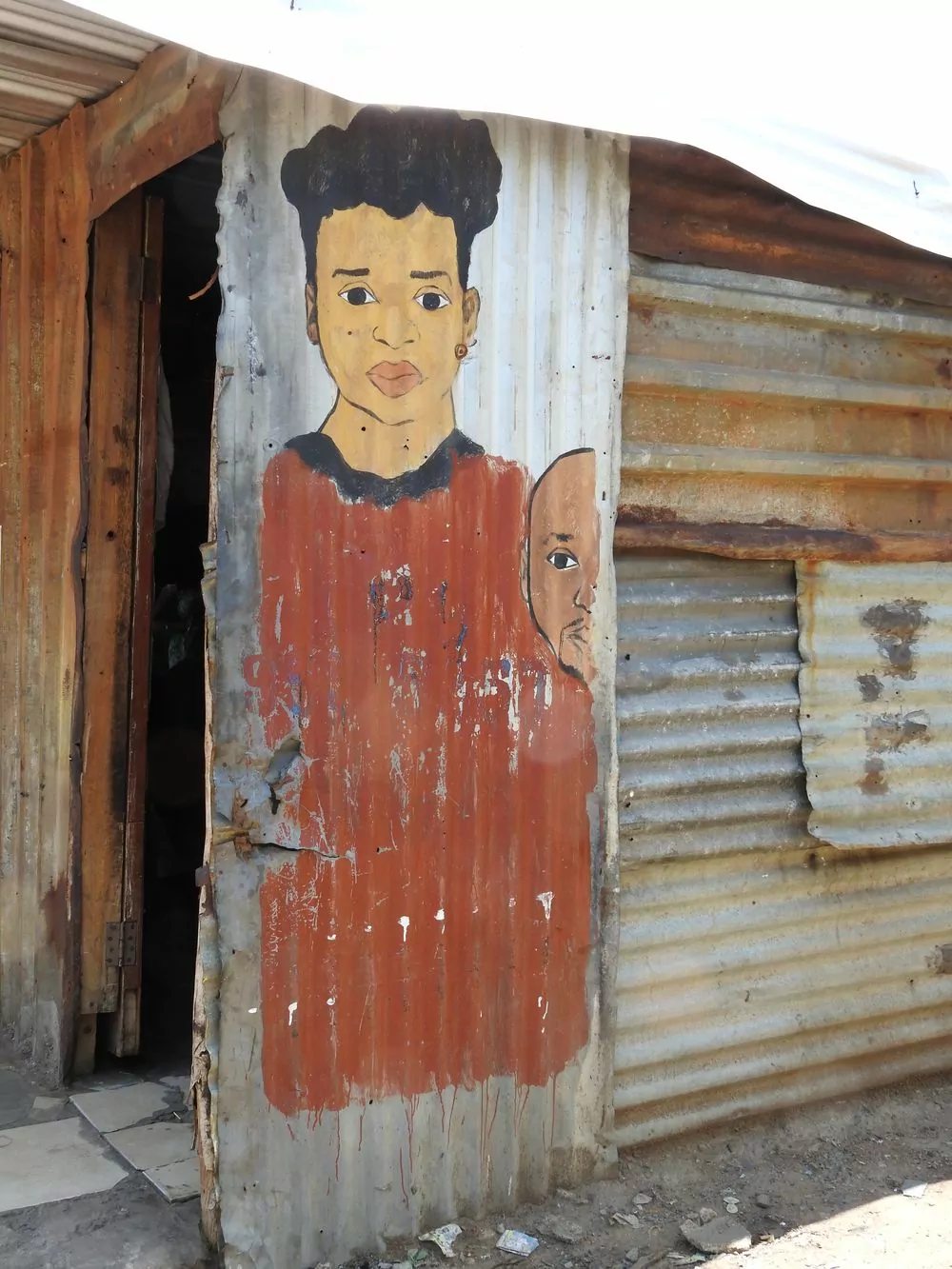
This shanty town is home to around 45,000 people, with an unemployment rate of more than 70 per cent.
During the apartheid era, the coloured population (around 90 %) was forbidden to live in Johannesburg itself, only allowed (with special certificates) to work there. After work, they returned home to the shanty towns in and around Soweto.
The infrastructure is appalling, with sheds often without or with tethered electricity, no functioning sewage system and rubbish collection. The toilets are communal bathrooms. The whole of Kliptown screams misery.
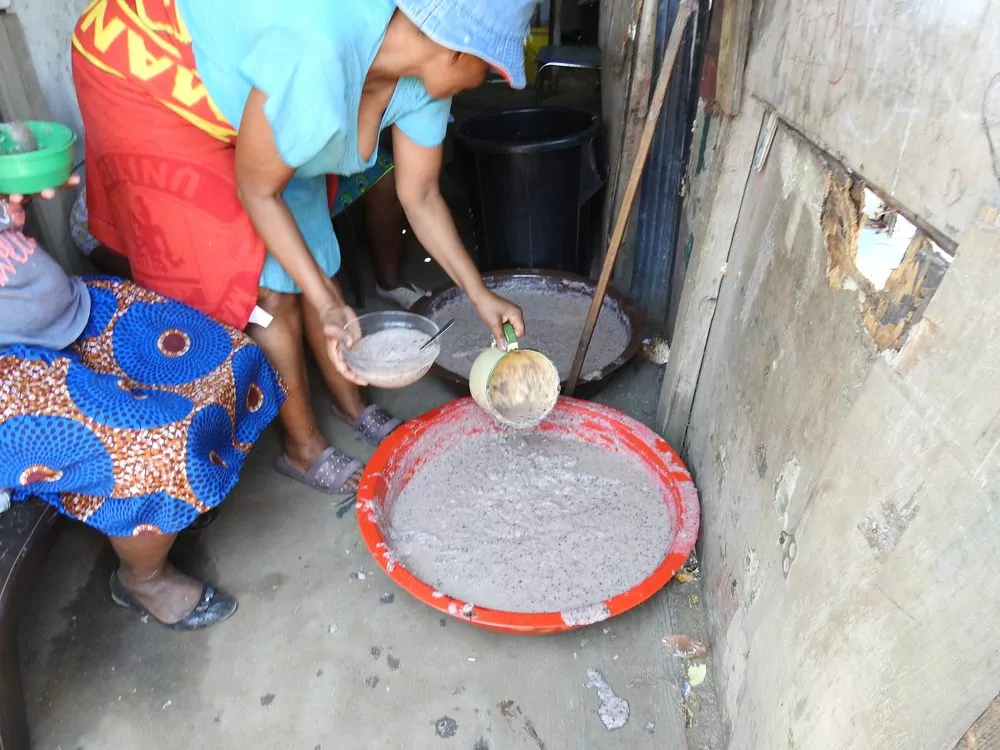
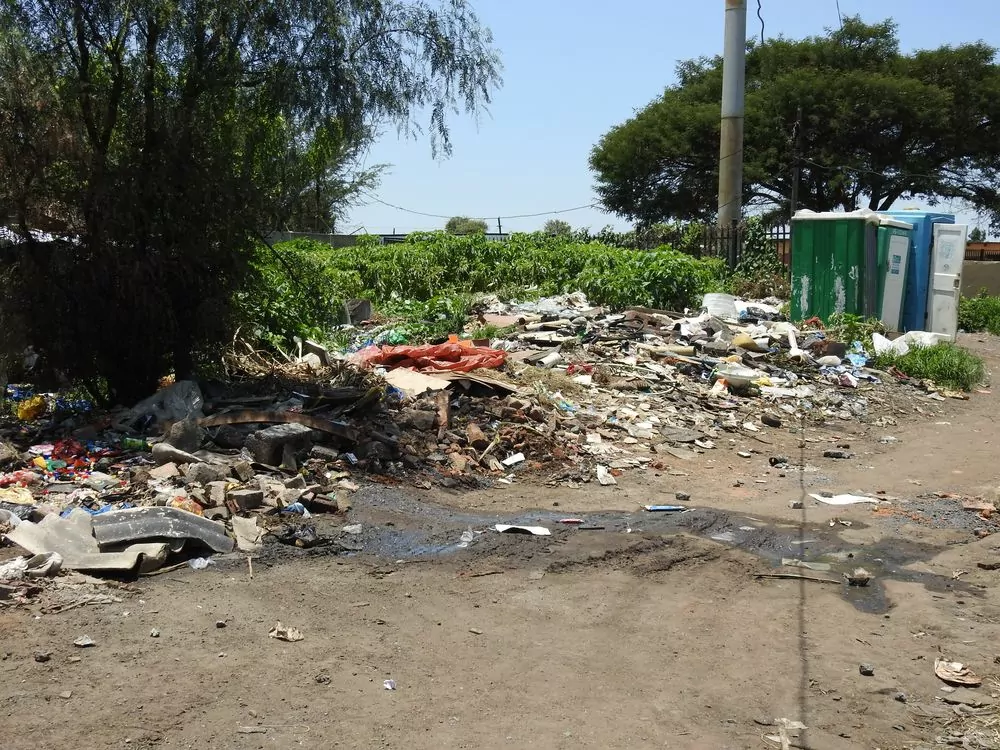
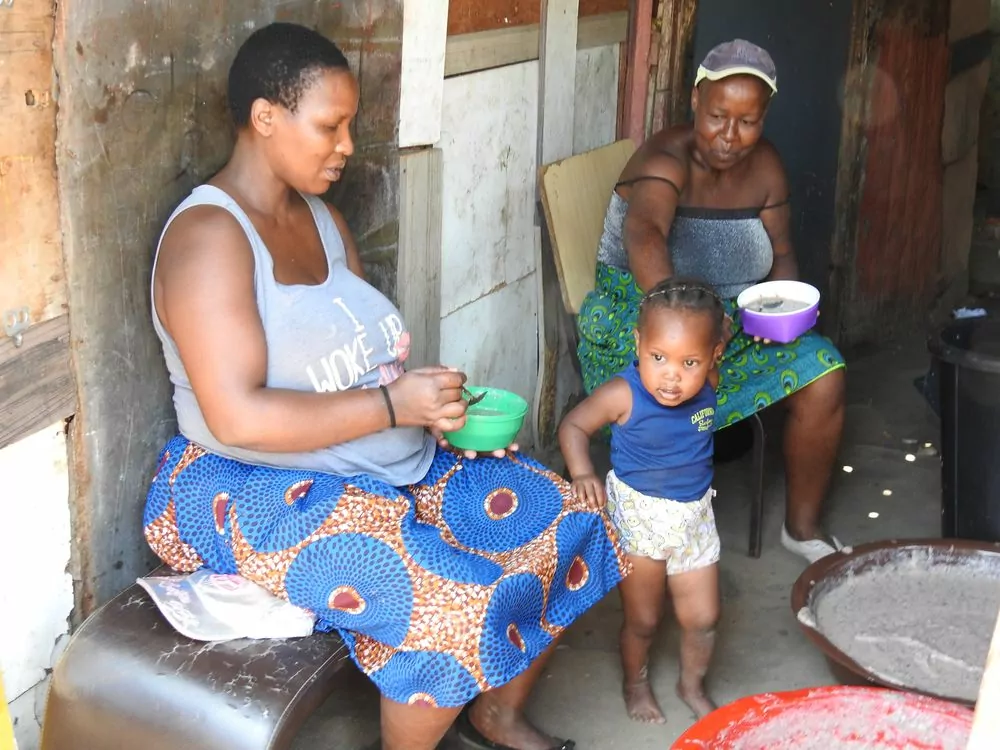
They struggle with diseases such as TB and HIV. Testing for HIV is free, as are antiretroviral drugs, but many people sell their medicine, which can also be used as a drug. Drug abuse is widespread.
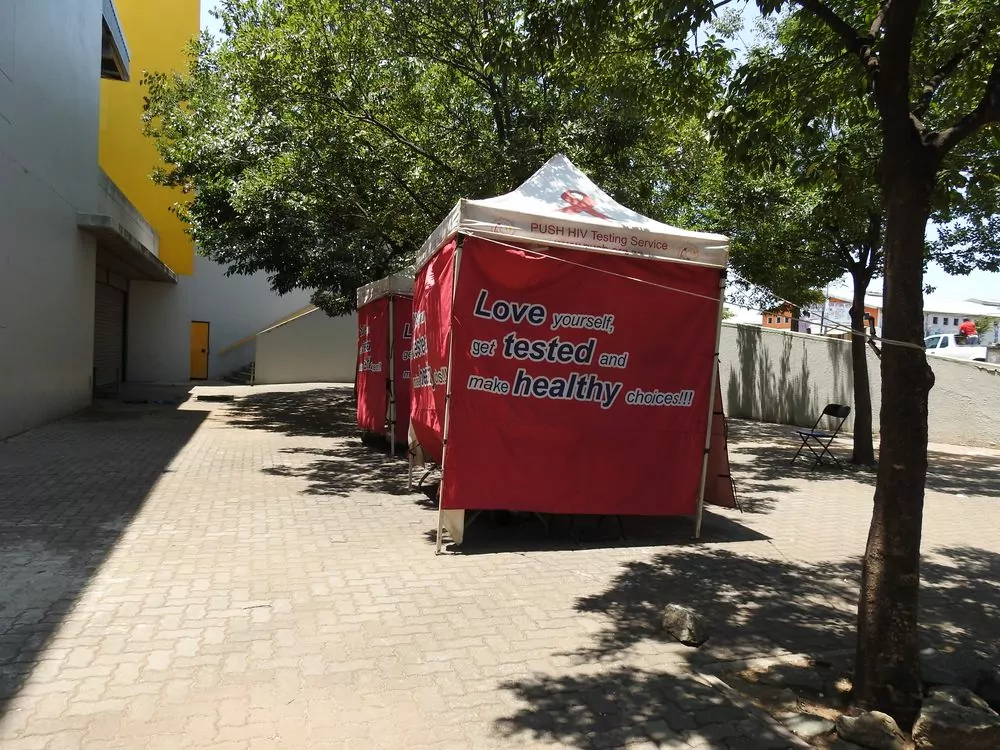
Sure, the children go to school, until their parents decide it's time for them to help with trade or domestic chores. There are a lot of projects to visit in Kliptown, projects run by volunteers, both local and foreign.
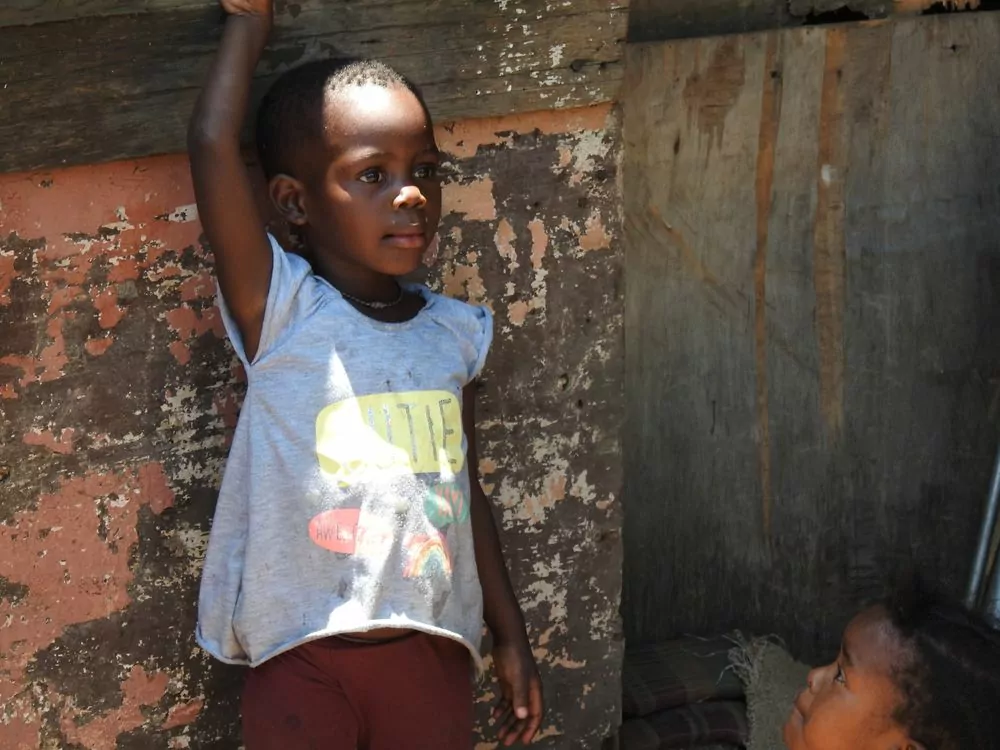
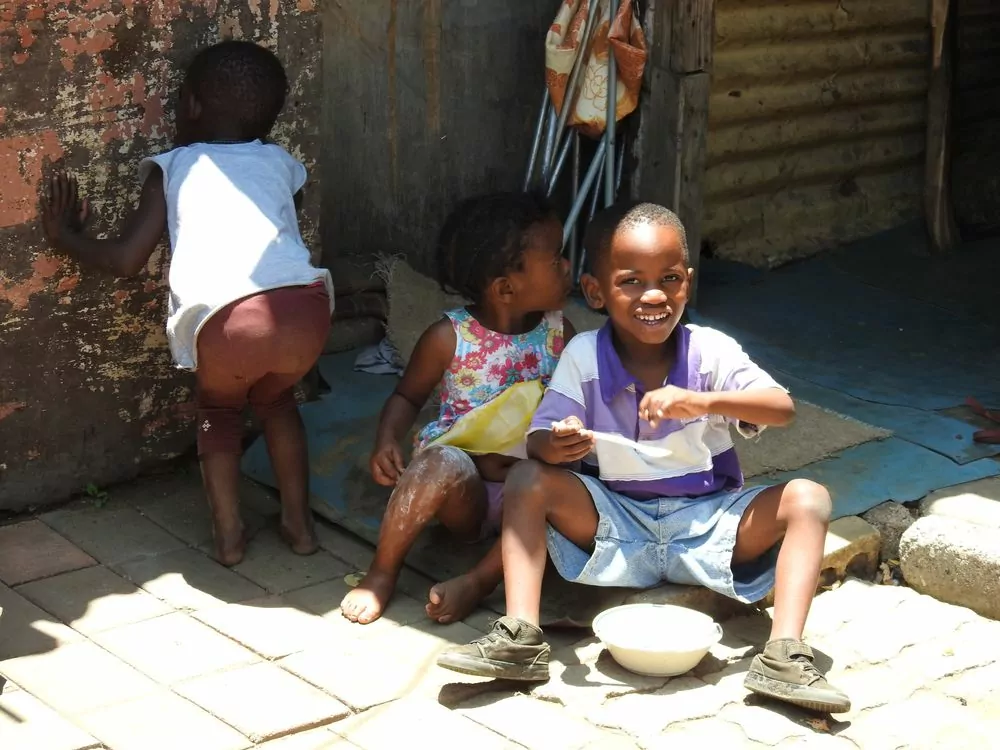
I visited The Chalk which catches children after school, provides them with a meal, homework help and other practical assistance.
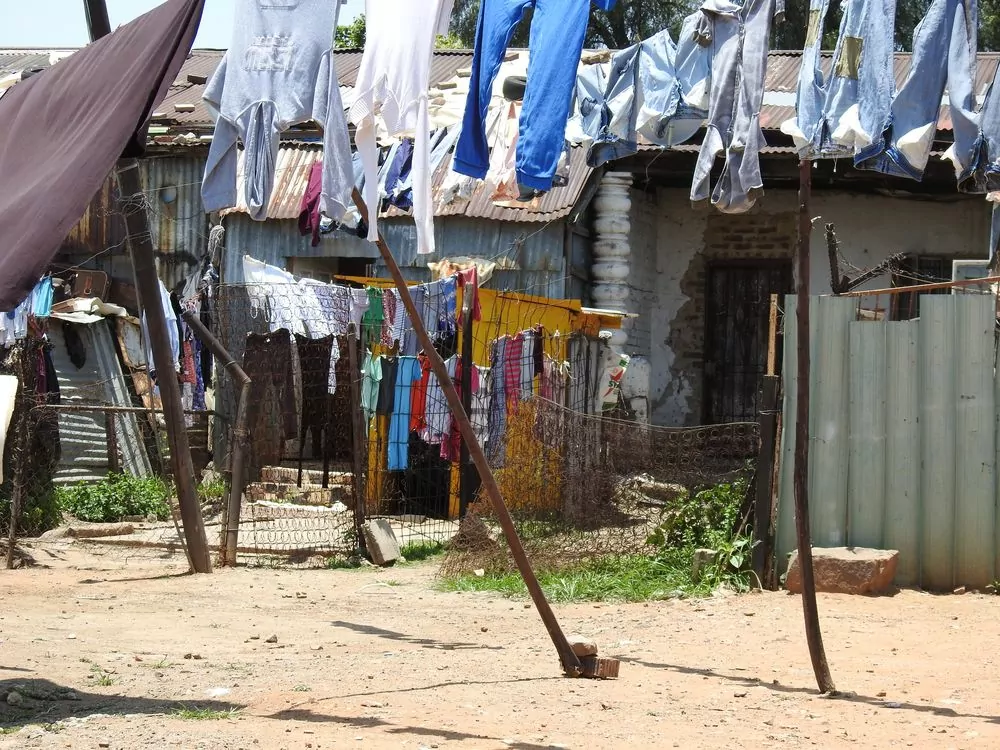
The market is bustling as usual, with traders buying their products collectively to get better purchase prices. You'll find everything from local beauty products to your own medicine woman.
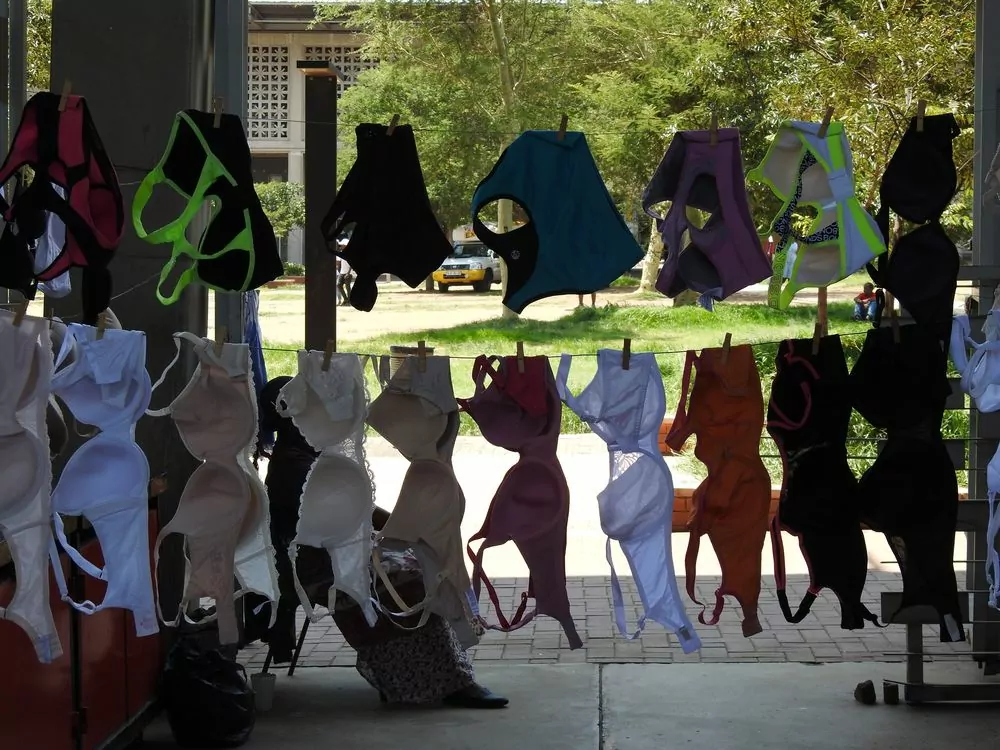
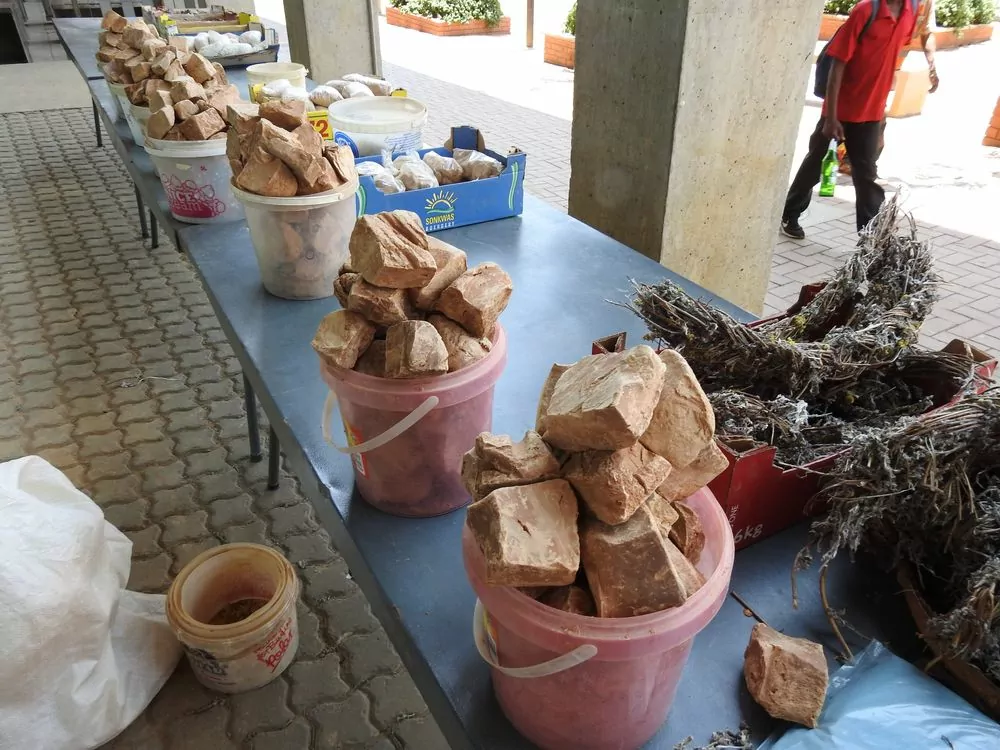
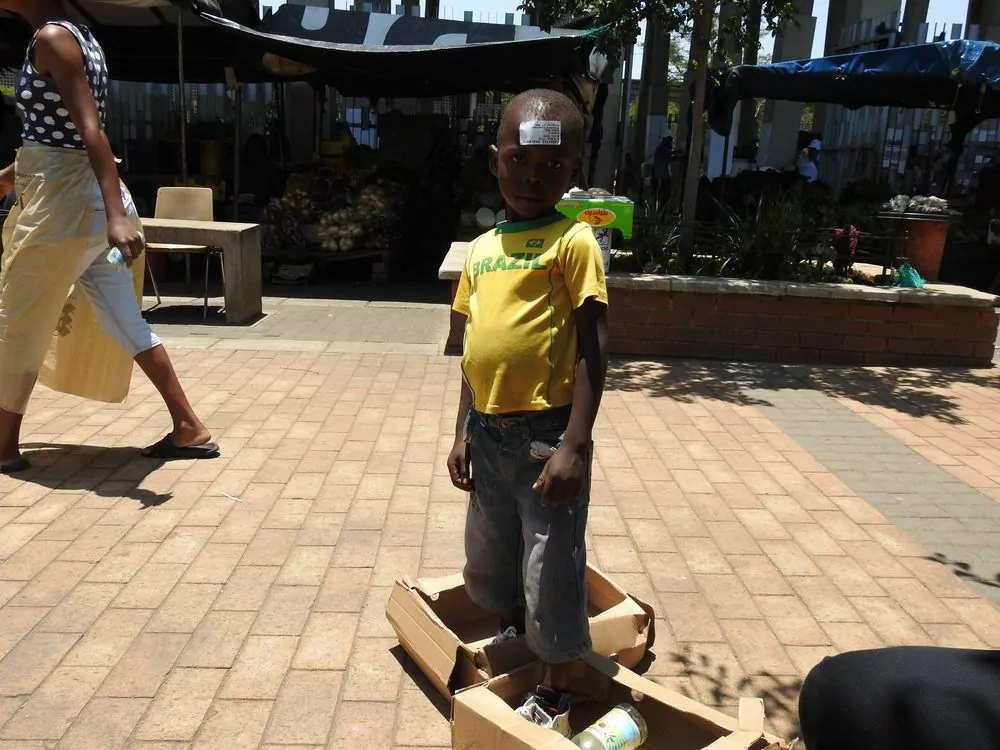
Kliptown has a long history of political activity, including violence. On Walter Sisulu square is the Freedom Charter memorial.
In June 1955, 3000 people gathered to declare the so-called Freedom Charters, ten different statutes desired after the end of apartheid.
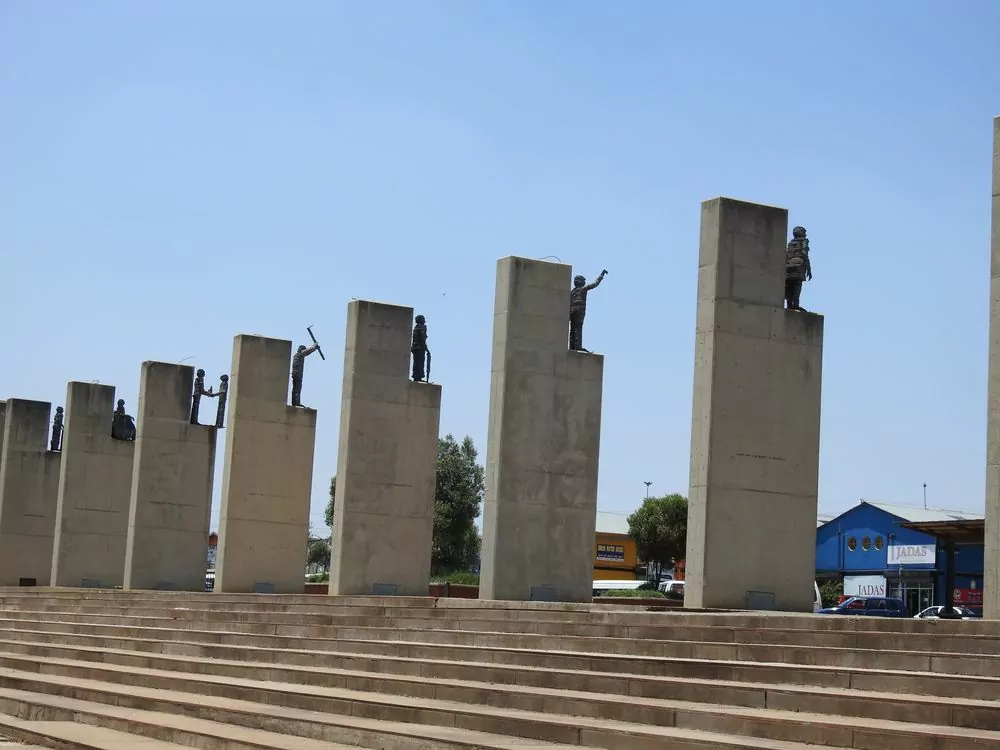
So the journey continued, in my little world I have always thought that Soweto is quite small, which it is not ... Soweto is an abbreviation of South-Western township and is thus a suburb of Johannesburg. The area is around 200 square kilometres, so it's not a small village. Around 1.5 million people live here.
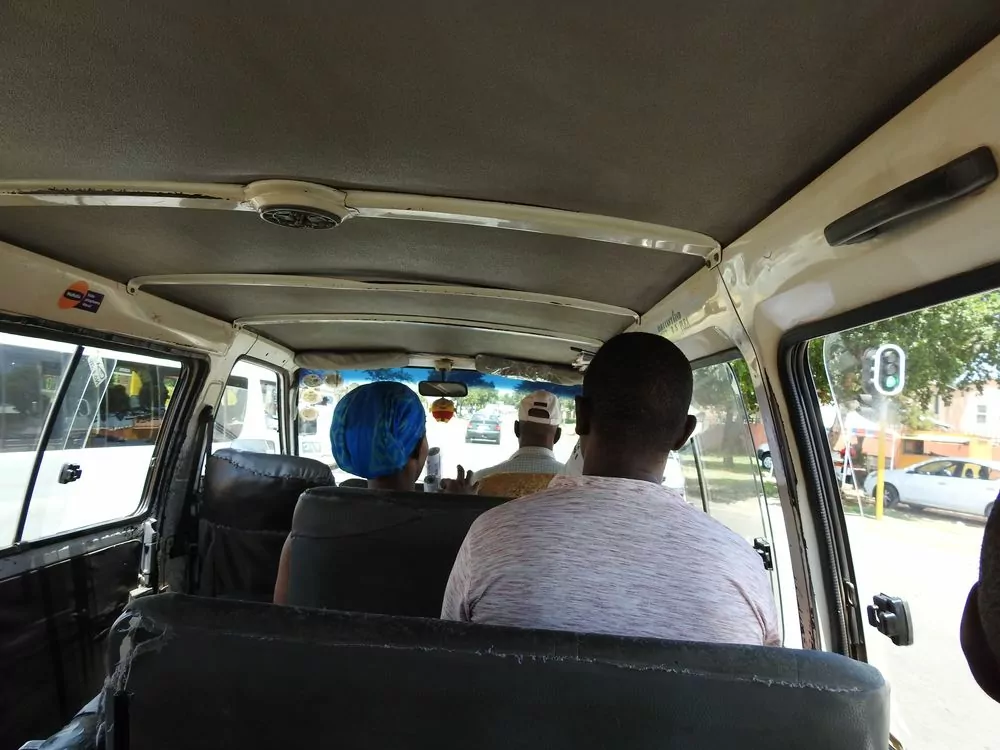
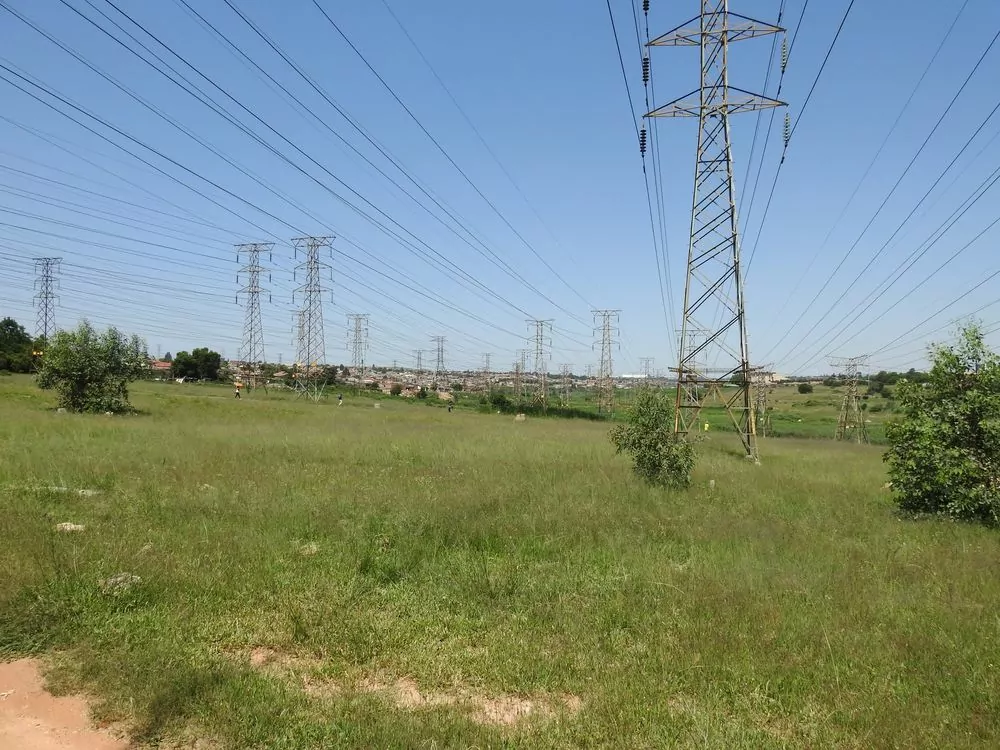
A landmark in the centre of the area is the Orlando Towers, the former coal-fired power stations. Construction of the towers started in 1935 and was completed in 1955. They remained in operation until 1998.
Today, the towers are a popular tourist attraction. On the outside, a lift goes up the hundred metres and you can walk between the towers via a bridge. If you have the stomach for it, you can always bungee jump. I did NOT do that.
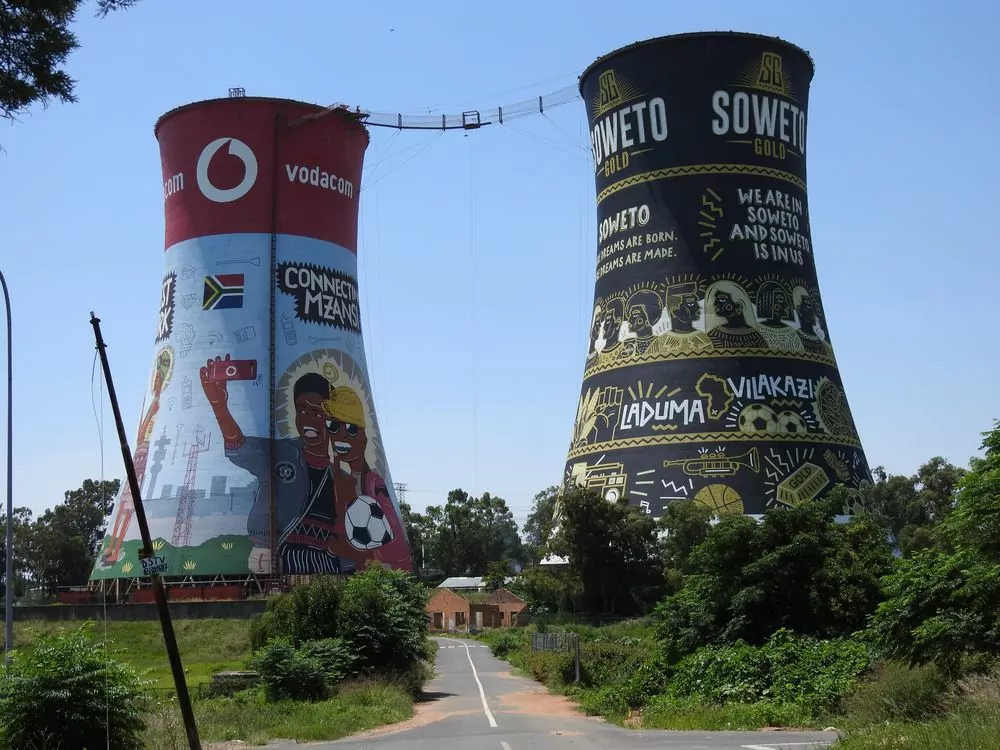
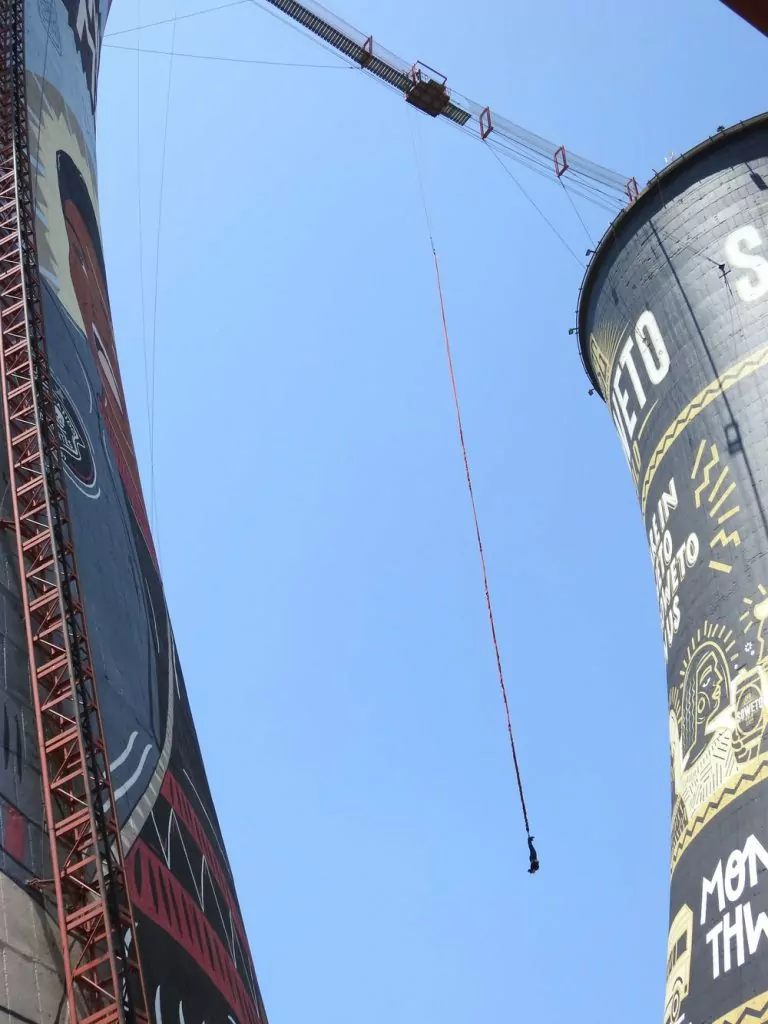
My tour then continued to Vilakazi street, also a major tourist destination.
Vilakazi street is the only country in the world to have TWO Peace Prize winners; Archbishop Desmond Tutu and freedom fighter Nelson Mandela. Both are people who have my full admiration. I like both Nelson and Desmond.
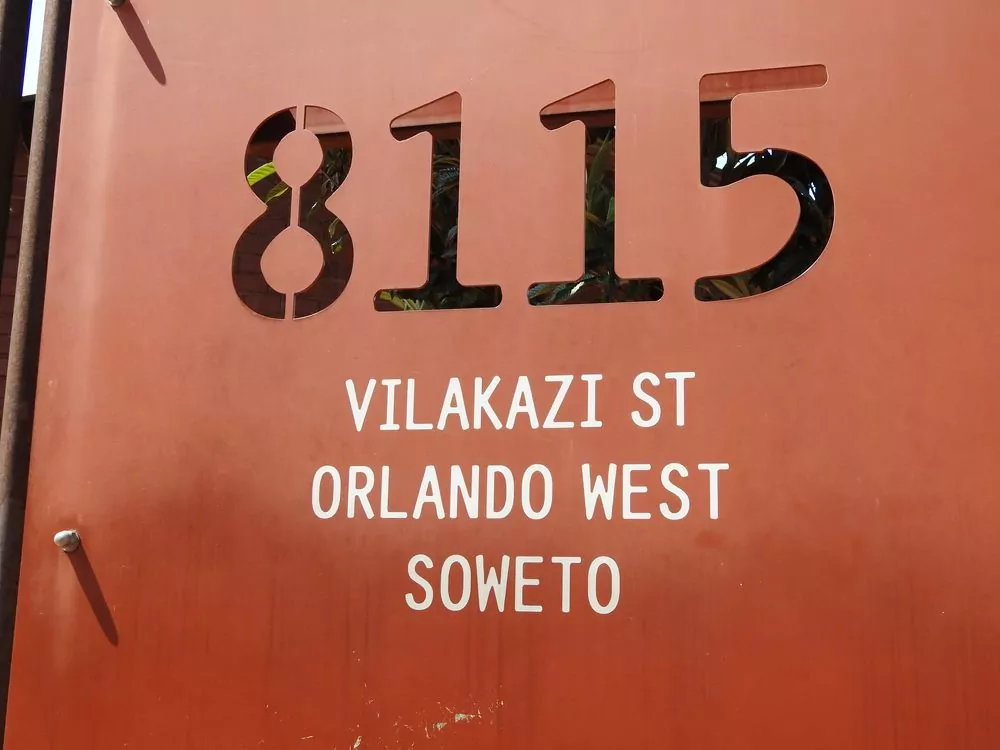
Mandela lived in this house between 1946 and 1962, after which he was imprisoned until 1990. After his release, he only lived here for a short period of time as security around his person was not adequate.
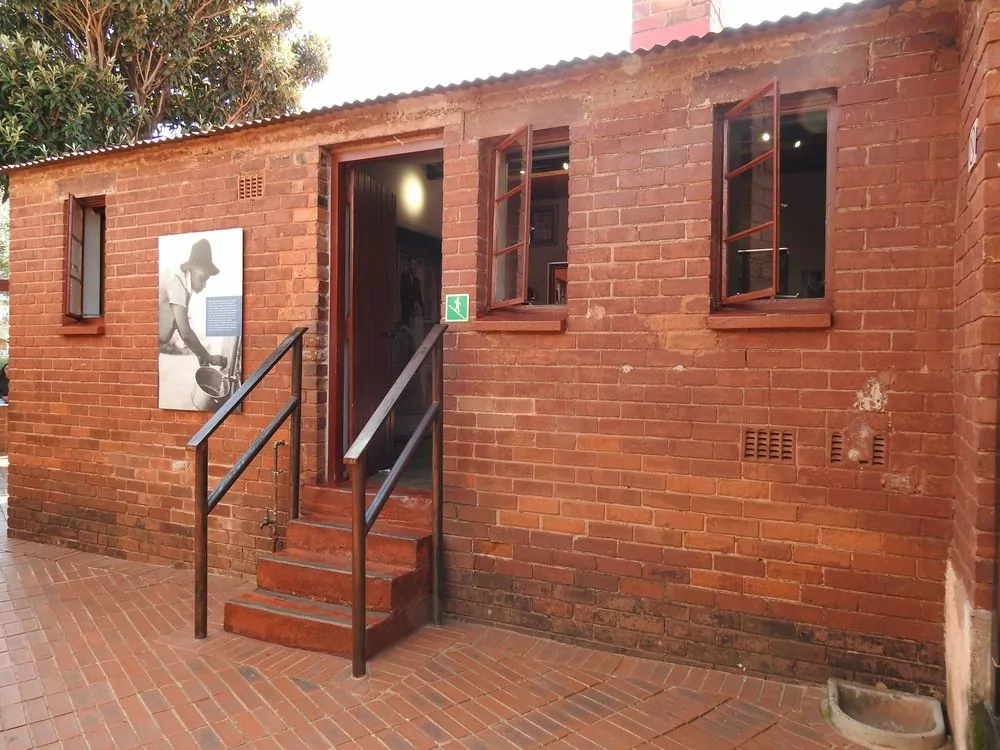
Today, Mandela's home is a museum, preserving many great pictures and memories, but also less fun ones such as bullet holes and damage from Molotov cocktails on the facades.
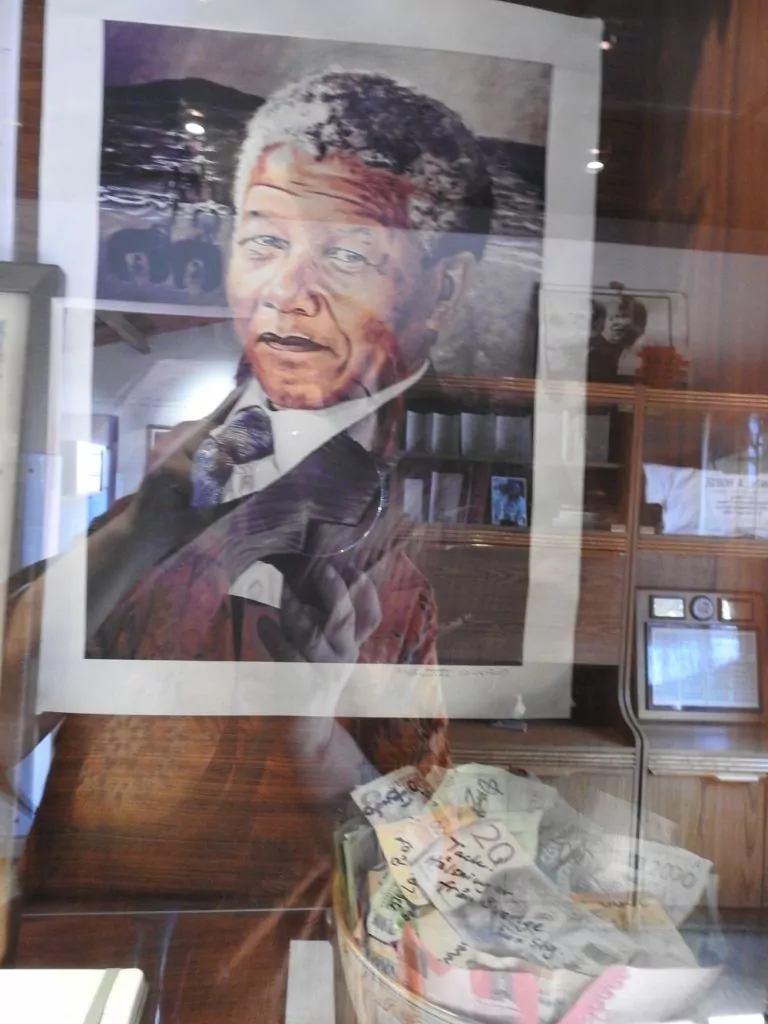
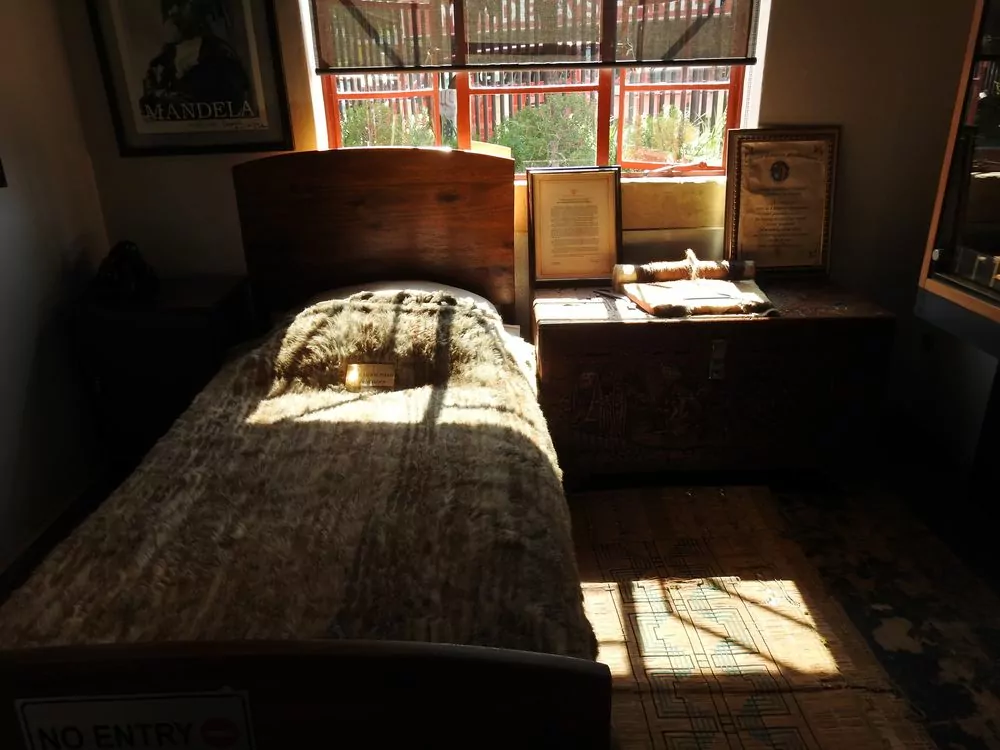
Hand on heart, this street is a real spectacle ... lined with bric-a-brac stalls, restaurants and street performance in the form of Zulu dancers.
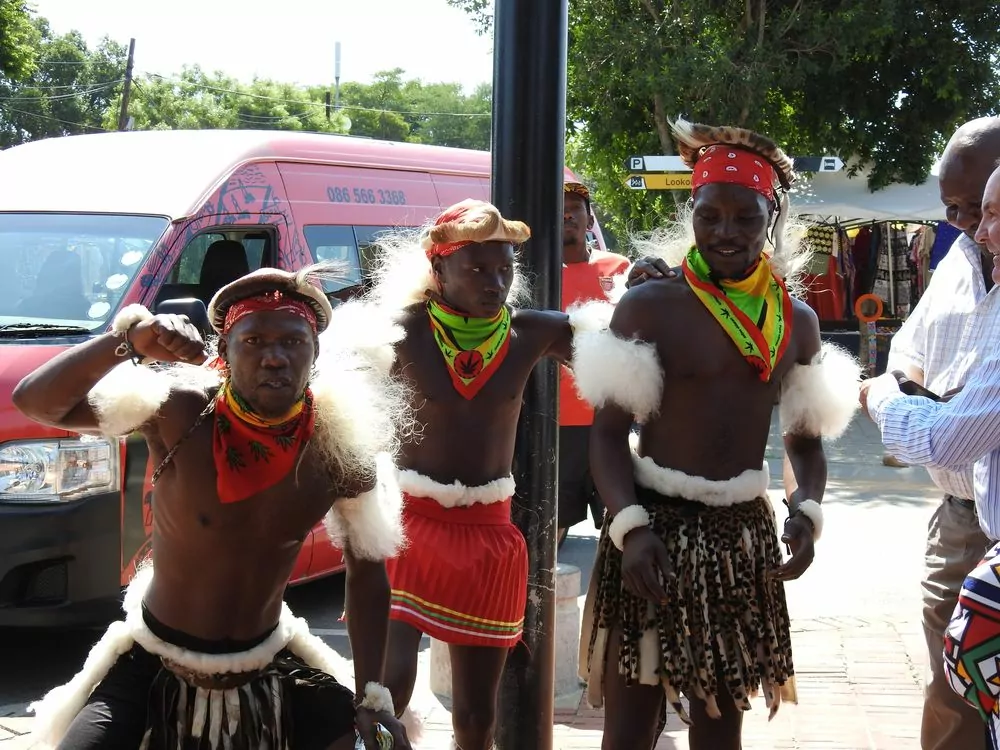
The last stop of the day is at Hector Pieterson's memorial. In 1976, an initially peaceful student demonstration took place against the demand that all education be in the white language, Afrikaans. 20 000 young people took part, one of whom was Hector Pieterson, a 13-year-old schoolboy. The police responded with violence and 600 young people lost their lives. Hector was one of them.
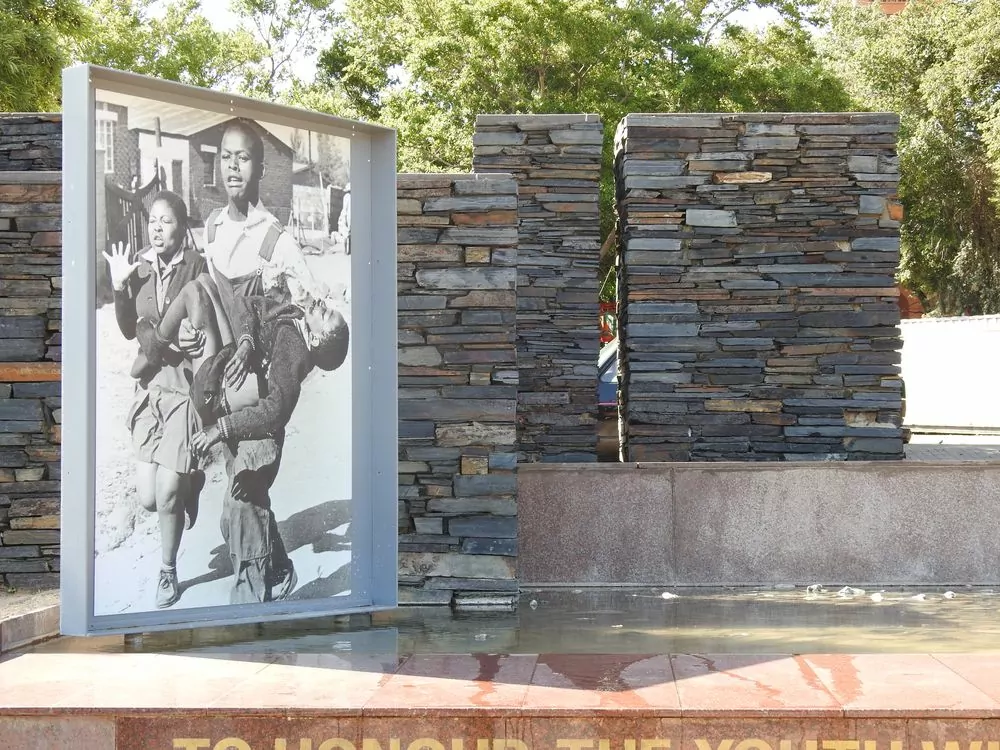
When you move around Soweto, you are confronted everywhere with memorials from the apartheid era, an era that no one wants to return to.
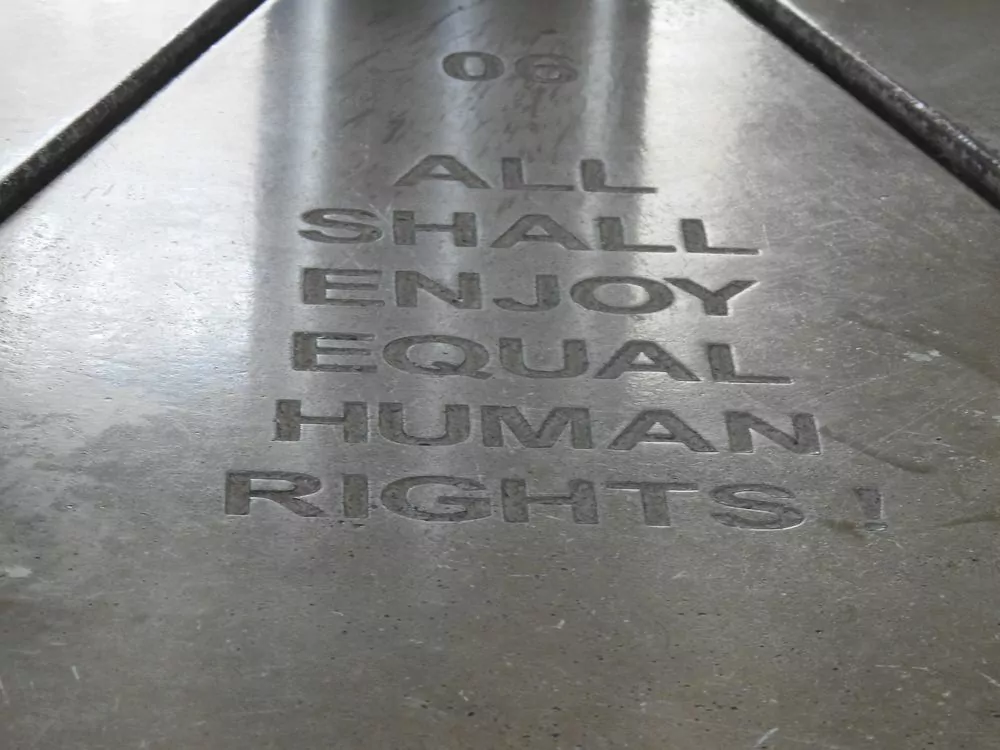
Tips for visiting Johannesburg
- Security: Yes and no. Wouldn't visit e.g. Kliptown on your own, nor evening/night time alone in Johannesburg. Keep track of personal items.
- taxi: Yes, but check with the accommodation which ones are reliable.
- AccommodationAuthentic backpackers is a very simple house where you live with your family, simple bedrooms with a fan, common room with TV, shower and toilet. Wifi. Access to the garden. The place offers guided tours and airport transfers. Very nice host couple.
- Tour: I used Nkululeko Shelembe, top guide. https://nkulitours.wixsite.com/nkulitours


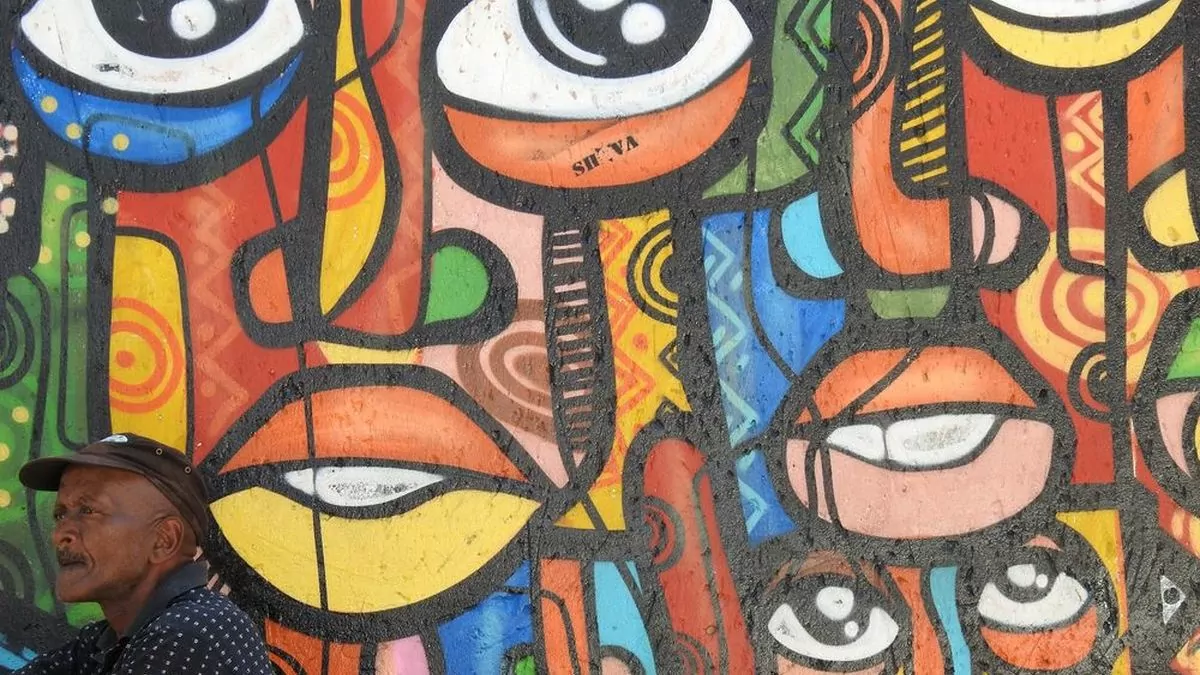






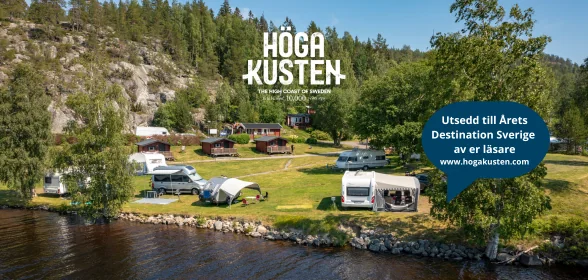


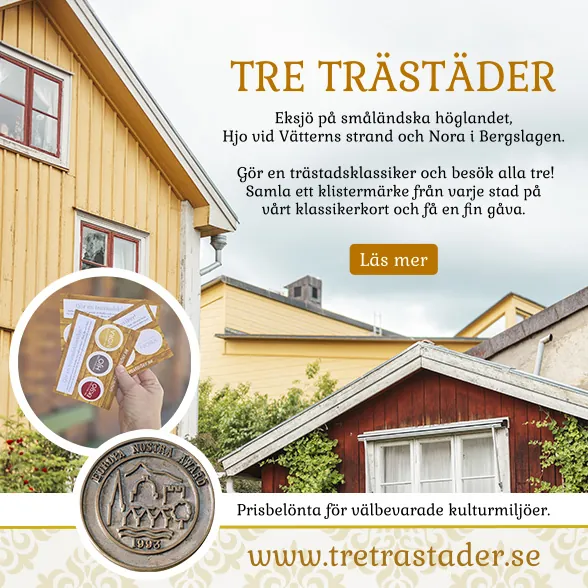
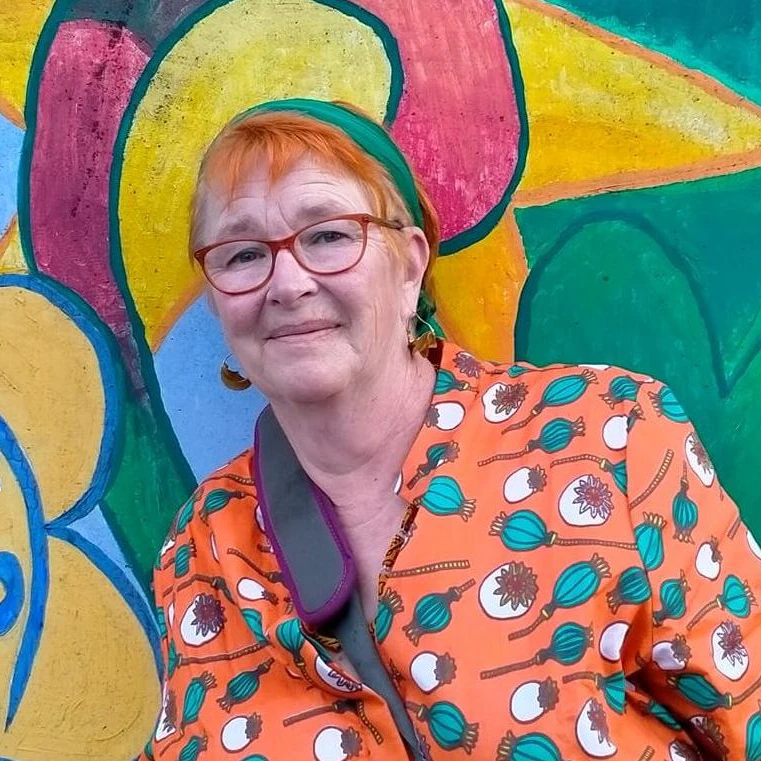
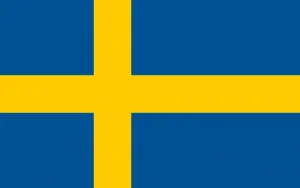
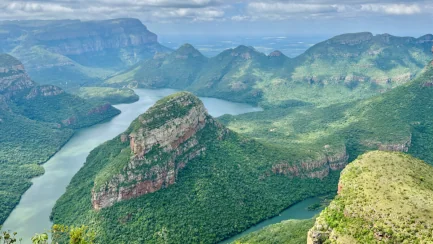
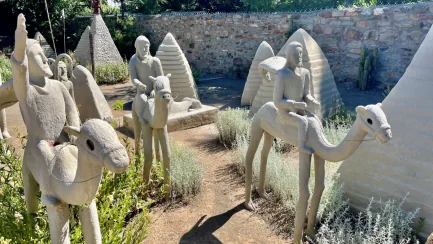
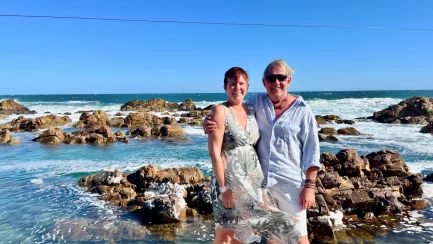
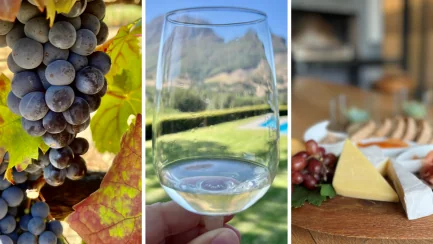
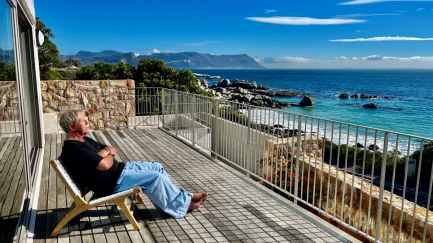
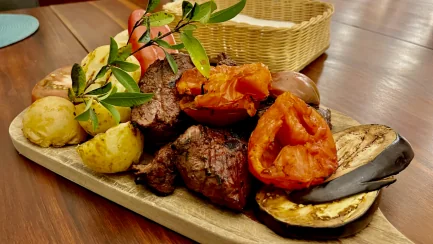



BP says:
This post was right up my alley! Fantastic pictures that really document reality. Well done there! Strange that Soweto is still a shanty town. The contrast to Johannesburg is striking.
Street art and the towers - so delicious! A way to turn a blind eye to poverty and drug trafficking...
PS. Cool dress and nice bag in my favourite colours orange and purple:-) DS.
13 May 2023 - 19:30
Anna Nilsson Spets says:
I'm glad you read and thank you for the comment. As for the shanty towns, a big problem that is not just in South Africa. They can be found all over the world.
14 May 2023 - 6:55